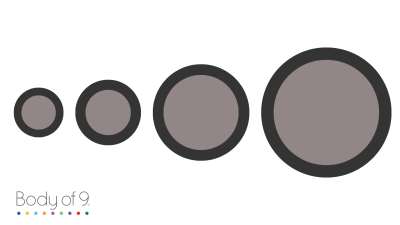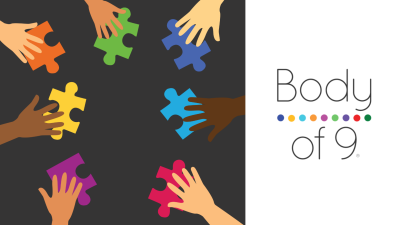Be your own Observer
 credit: http://bellatrix3391.deviantart.com
credit: http://bellatrix3391.deviantart.com
Until you are able to face yourself, see where you are, and hear the truth in what others say about you, transformation can remain elusive. Developing the skill of self-observation, noticing your behaviors, choices and beliefs and how they function in your life enables you to recognize what you’re doing. This is a critical first step to transformation.
What does it mean to be your own Observer? It means developing the part of you that can see your behavior, even while it is unfolding. The observer allows you to recognize your own emotional state. Despite what the current emotional response to a situation is, the observer in you can take a top-down look, assess what is going on, and inform you of what is really happening. This ability to take stock of yourself from a neutral place, even when your emotional state is fully engaged, can allow you to shift, enjoy, change, or take another direction than where you are engaged in the moment.
For example, in situations where you are disappointed about something, your response to the disappointment might raise difficult emotions. I had a personal experience with this today. We are selling our home, and the process has gone on for a very long time, and I have repeatedly dealt with being disappointed that it has not closed. Today it was again delayed and I lost my connection to my observer. I was angry, disappointed, afraid – a whole parade of emotions came over me.
When this happens, the first step out of the spiral is to activate your witness. At first I was not able to get my observer going – when I have responses like this – one technique I use is I allow my self to rant in an email that I never send. This allows me to give voice to the emotions without dumping them on others. It also gives my observer a chance to kick-in. I can see that my response is out of alignment with the offense, so I look deeper to my triggers or up-level to a different perspective.
Notice where you are, what you are saying, inspect the truth, allow your observer to name the emotions. If you can take yourself up or down a level then you can begin to shift things to a new perspective. After writing this, shall we say, rather biting email I was more clear on what I was feeling. My witness was kicking in – helping me see what was going on for me. There was an important message that needed to go to certain parties involved, but my witness calmed me down so I could say it in a way that could be heard by others, not in an emotionally triggered attack. The witness can be applied in any circumstance – observe your behavior, notice it, name the emotions, look below the surface to the deeper reasons for your behavior. Practicing this in easier and less triggered situations will begin to build your consciousness practices, so you can get it back in the tougher challenges. Also witnessing is only the first step in getting present enough to change: the other 8 Practices can help you as well: Curiosity, Non-Judgement, Non-attachment, Holding beliefs as ideas,Courage, Intention, Wise Action, Choosing love. You can’t change it if you can’t observe what is happening from a neutral place. To subscribe to our daily feed to get the next article on the 9 Practices:
This is the first post in the 9 Practices For Presence series. To read more follow any of these links:
- Witnessing
- Curiosity
- Non-Judgment
- Non-attachment
- Holding beliefs as ideas
- Courage
- Intention
- Wise Action
- Gratitude: Choosing love
In this blog series we will explore each of these principles in more depth and provide examples of the effect of these principles in action. If you want to subscribe to our blog feed to be sure you see this series :



